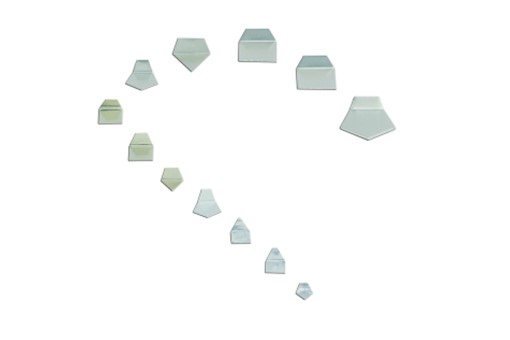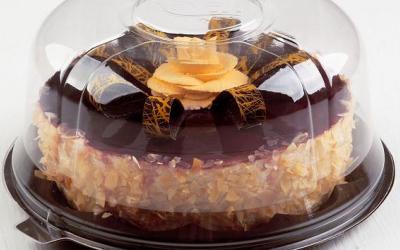Chemical weeding of winter grains started in the Stavropol Territory

Such an important element in the protection of winter crops as chemical weeding was started in 3 districts of the Stavropol Territory (Neftekumsky, Budennovsky, Stepnovsky).
To date, with a plan of 1750 thousand hectares, 21.2 thousand hectares have been processed (1.2% of the plan), including 10 thousand hectares by air and 11.2 thousand hectares by land.
The treatment of winter crops in the spring with herbicides must begin with well-spread crops. Crops are processed from the phase of full tillering to the exit into the tube. If it is necessary to treat winter crops in the booting phase, only preparations approved for this phase should be used.
The correct use of chemicals, along with agrotechnical and biological methods, helps to preserve the crop and reduce labor costs when growing crops.
Chemical weeding is one of the most important stages in the protection of winter crops. With a strong infestation of crops (100 pieces per 1 m²), the loss of winter grain crops reaches 50%.
In order to reduce crop losses from weeds, specialists from the Rosselkhozcenter branch in the Stavropol Territory recommend organizing chemical weeding of winter crops according to the following scheme: - assess the state of crops
in terms of weediness, physiological state, and productivity level;
- exclude chemical treatment of crops with a low degree of weediness (EPS: 6 pcs per m2 - annual tall-stemmed species, 16 pcs per m2 - annual low-growing species, 1 pc per m2 - quarantine and perennial species);
- evaluate the possibility of carrying out chemical weeding in a short time. Carry out work on the preparation of equipment for the ground application of herbicides, if necessary, conclude contracts for aerial chemical work;
- start herbicide treatment, first of all, well-developed crops, then medium and, finally, weak ones (as needed).
In the first zone, a two-field crop rotation is mainly used: bare fallow, winter wheat. As a rule, classical tillage is carried out: plowing to a depth of 20-25 cm. But recently, some farms have gone to the minimum tillage technology.
Therefore, for the farms of the first zone, where the infestation is not large and there is no bedstraw, it is recommended:
- to carry out chemical weeding with herbicides based on metsulfuron methyl in the maximum regulated dosages. In case of high infestation of crops, as well as in case of overgrowth of weeds, use tank mixtures of herbicides based on metsulfuron methyl in the maximum regulated dosages with herbicides based on 2,4-d esters;
- carry out the treatment with herbicides according to the "List of pesticides and agrochemicals" permitted for use on the territory of the Russian Federation;
- Strictly follow the rules of use, rules of personal hygiene and safety.
Any use of chemicals adversely affects the cultivated plant. Therefore, to mitigate the effect of herbicides, the mandatory use of growth regulators based on humic acids and other preparations is recommended.
It is advisable during this period, after careful monitoring, to combine chemical weeding and protection of crops from root rot. The combined use of herbicides, fungicides and biofungicides leads to a reduction in costs and an increase in the effectiveness of treatments.
Source: Branch of the Federal State Budgetary Institution "ROSSELHOZTSENTR" in the Stavropol Territory
Read together with it:
- В Башкортостане произвели 83 тысячи тонн сахараЧишминский сахарный завод и компания «Раевсахар» продолжают переработку свеклы урожая 2025 года. К 24 октября предприятия переработали более 606 тысяч тонн сахарной свеклы, произвели 83 тыс. т. белого сахара. Это в полтора раза выше чем за этот же период прошлого года. «Сегодня производительность заводов превышает 12 тыс. т. корнеплодов в сутки. Такой мощности предприятия достигли благодаря реализ...
- В Подмосковье исследовали уже более 340 тысяч тонн зерна урожая 2025 года: почти вся пшеница соответствует ГОСТВ лаборатории филиала ФГБУ «ЦОК АПК» по городу Москве и Московской области завершается государственный мониторинг качества зерна нового урожая. С начала уборочной кампании специалисты исследовали 341,3 тысячи тонн пшеницы – это почти 80% от всего валового сбора зерна в Подмосковье. Как уточняют в Министерстве сельского хозяйства и продовольствия Московской области, в лабораторию поступило 448 обра...




























































